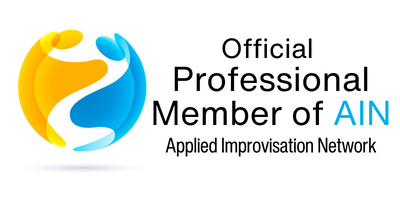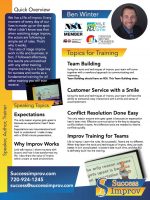Unscripted Inspiration: How Improv Fuels Creativity in Writing
In the realm of creative arts, improvisation has long been celebrated as a spontaneous performance art that thrives on unpredictability. While typically associated with theater and comedy, improv is now gaining recognition as a powerful tool for writers seeking to break through blocks and unlock their creative potential. By embracing the principles of improv, writers can push boundaries, explore new ideas, and infuse their work with fresh perspectives.
The Basics of Improv
Improvisation is a performative art where participants create dialogue, action, and characters on the spot, often leading to unexpected and humorous results. The foundational principle of improv is the concept of "yes, and," which encourages participants to accept what was previously said ("yes") and then build upon it ("and"). This approach fosters an environment of openness and collaboration, wherein ideas are welcomed and expanded on rather than shut down.
Improv Techniques Boosting Creativity in Writing
-
Embracing Failure: In improv, mistakes are not just tolerated but celebrated as opportunities for growth. This mindset can be liberating for writers, helping them overcome the fear of imperfection and encouraging experimentation. A study by Northwestern University highlights how risk-taking, a key element in improv, correlates with enhanced creative performance source.
-
Collaborative Brainstorming: Much like a group improvisation, collaborative writing exercises urge participants to build on each other’s ideas. A study published in the Journal of Creative Behavior discusses how such collaborative efforts often lead to more varied and innovative outcomes than solitary work source. Writers can take advantage of writing groups or improv workshops to explore this dynamic method of creativity.
-
Storytelling Skills: Improv insists on active listening and quick thinking, skills that are invaluable in storytelling. The practice of developing characters and plots instantaneously in improv sharpens a writer’s ability to craft compelling narratives effortlessly.
- Breaking Routine: According to creativity expert Keith Sawyer, exposure to varied perspectives and experiences fuels the creative process source. Improv introduces novelty through unpredictable scenarios and characters, encouraging writers to break from their usual patterns and consider alternative paths.
Practical Applications for Writers
For those looking to incorporate improv into their writing practice, here are some methods to explore:
-
Improv Workshops: Many theaters offer improv classes dedicated not only to performers but also to those in the creative fields. Participating in these workshops can enhance your ability to think on your feet and draft stories swiftly.
-
Daily Improv Exercises: Simple exercises, such as spontaneously inventing dialogues or scenarios from random prompts, can invigorate your writing sessions.
- Online Resources: Websites such as Writers.com and Writing Excuses offer tips and exercises that incorporate improv principles into writing.
Conclusion
The synthesis of improv and writing presents a fertile ground for creativity to flourish. By welcoming unpredictability and challenging the confines of structured thinking, writers can harness the energy of improvisation to craft unique and engaging stories. Whether joining an improv troupe or integrating improv exercises into daily routines, writers stand to gain significantly from this unscripted inspiration.
For further exploration on how improv can enhance creative writing, consider delving into the following resources:
By intertwining the vibrant spontaneity of improv with the art of writing, the possibilities for discovery and innovation become virtually limitless.


